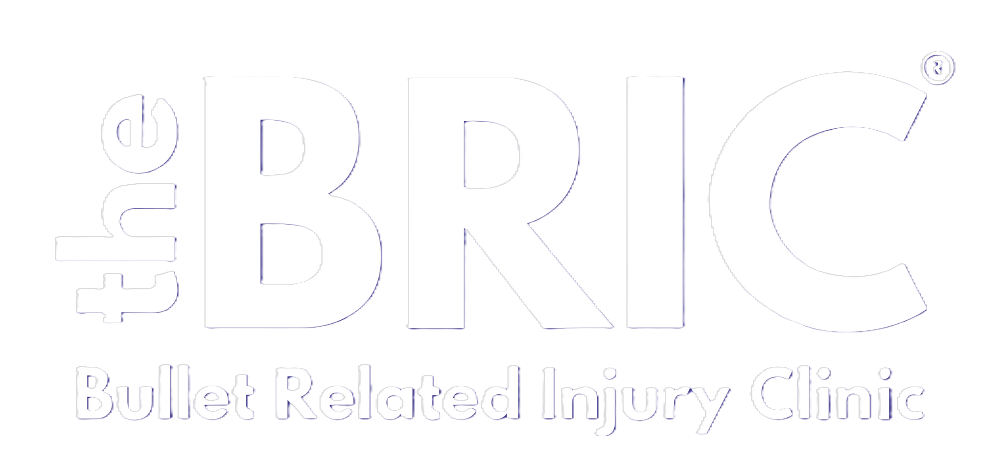Brake the PAIN
Bullet injuries to the body can hurt a lot. The wounds they make in our skin can be very tender.
Depending on how deep they go, they can also cause many different feelings that go from feeling numb to feeling sharp.
At The BRIC, we begin by giving that pain a number.

Pain is both a feeling and an experience. You can’t always change the feeling, but you can change the experience. Often, we think about pain medicine as something we take that will make the pain go away. The truth is, there are many different ways you can “BRAKE THE PAIN”.
Braking the pain is putting the brakes on the many different ways pain can hurt us, using three steps:
PREVENT, CONTROL, TREAT.
PREVENT
CONTROL
1. Gently MASSAGE the area
2. Use gentle MOVEMENT
3. Apply gentle COMPRESSION
This includes wrapping arms or legs with BRIC Tape after covering the wound to help control the swelling and protect the wound.
TREAT
